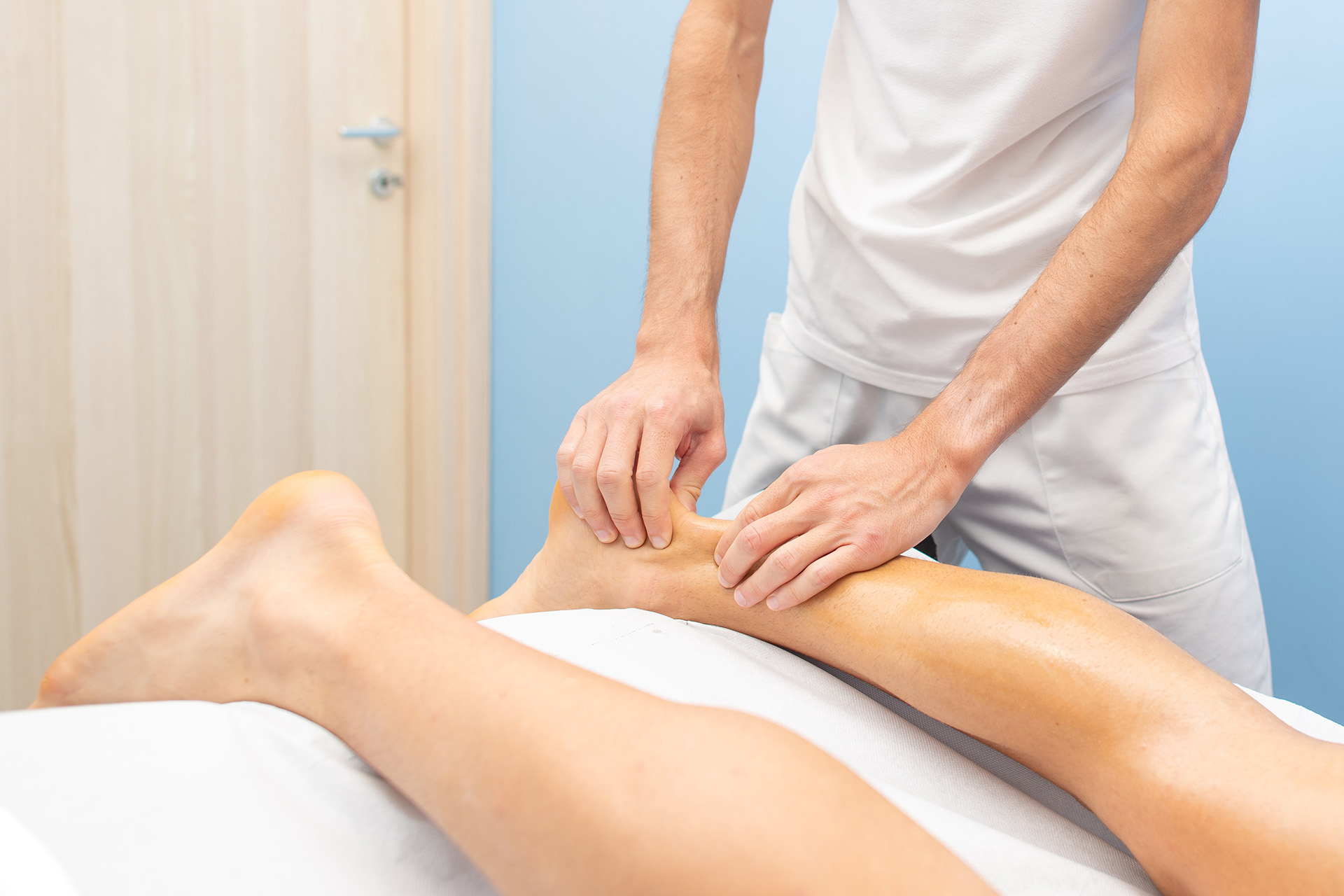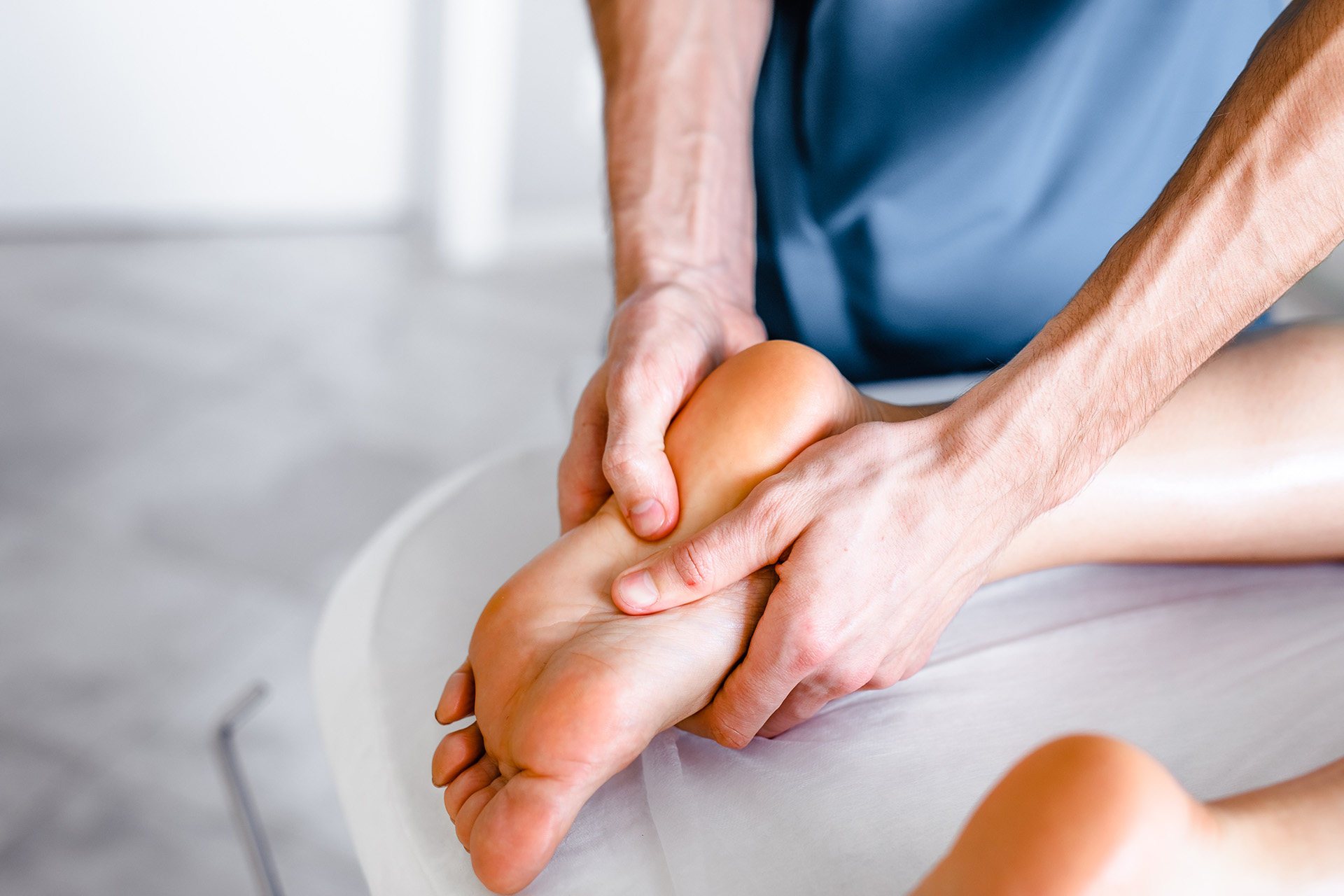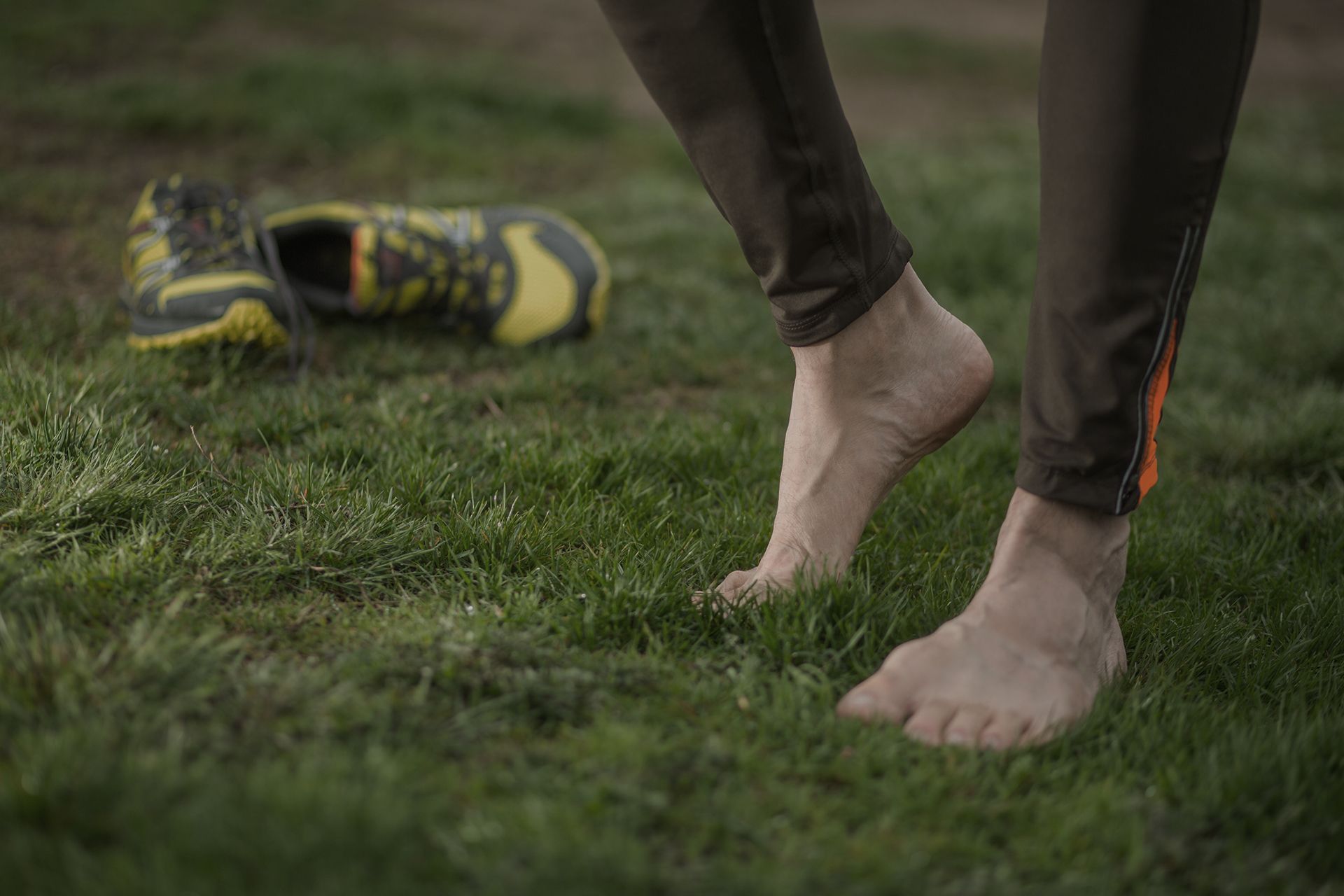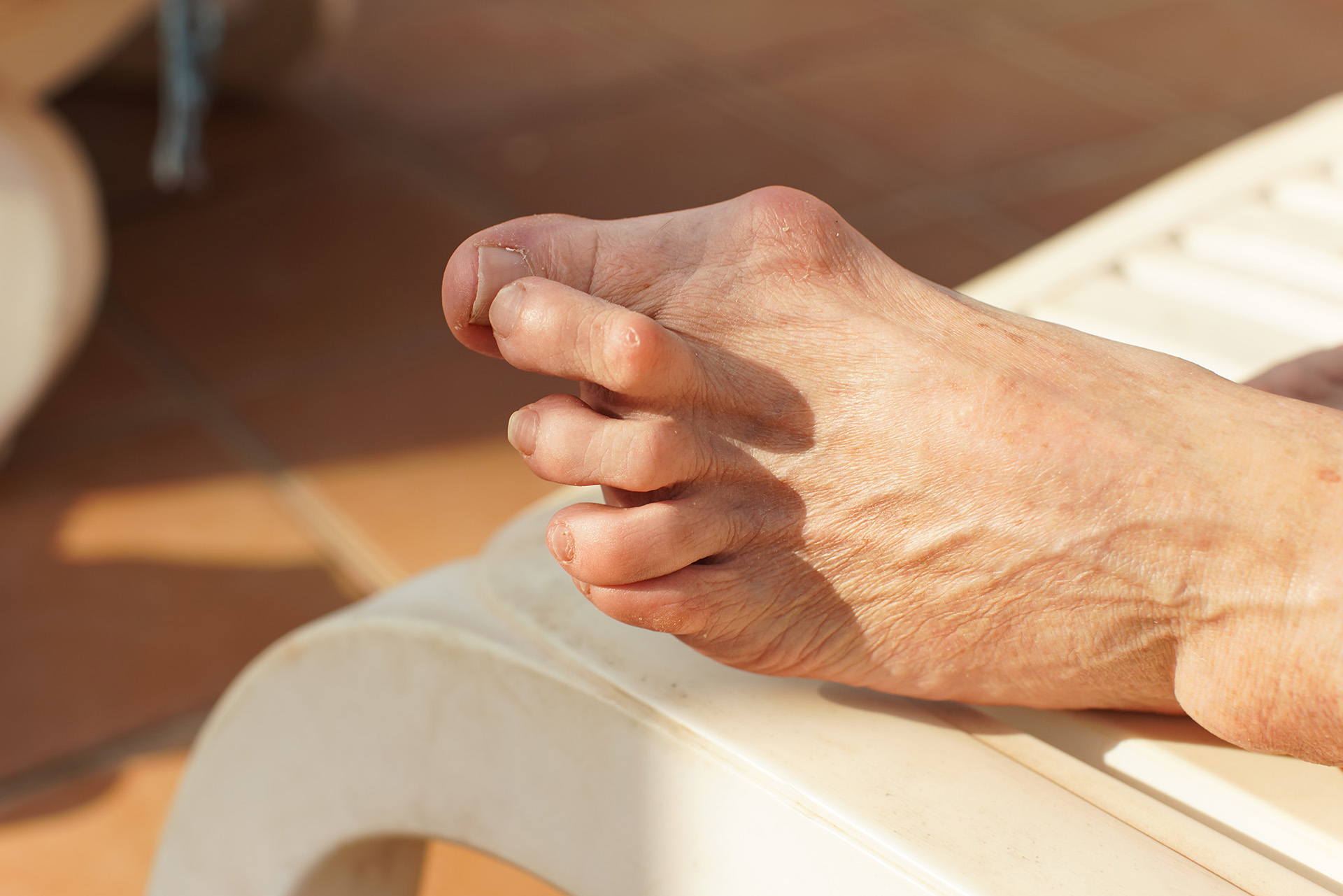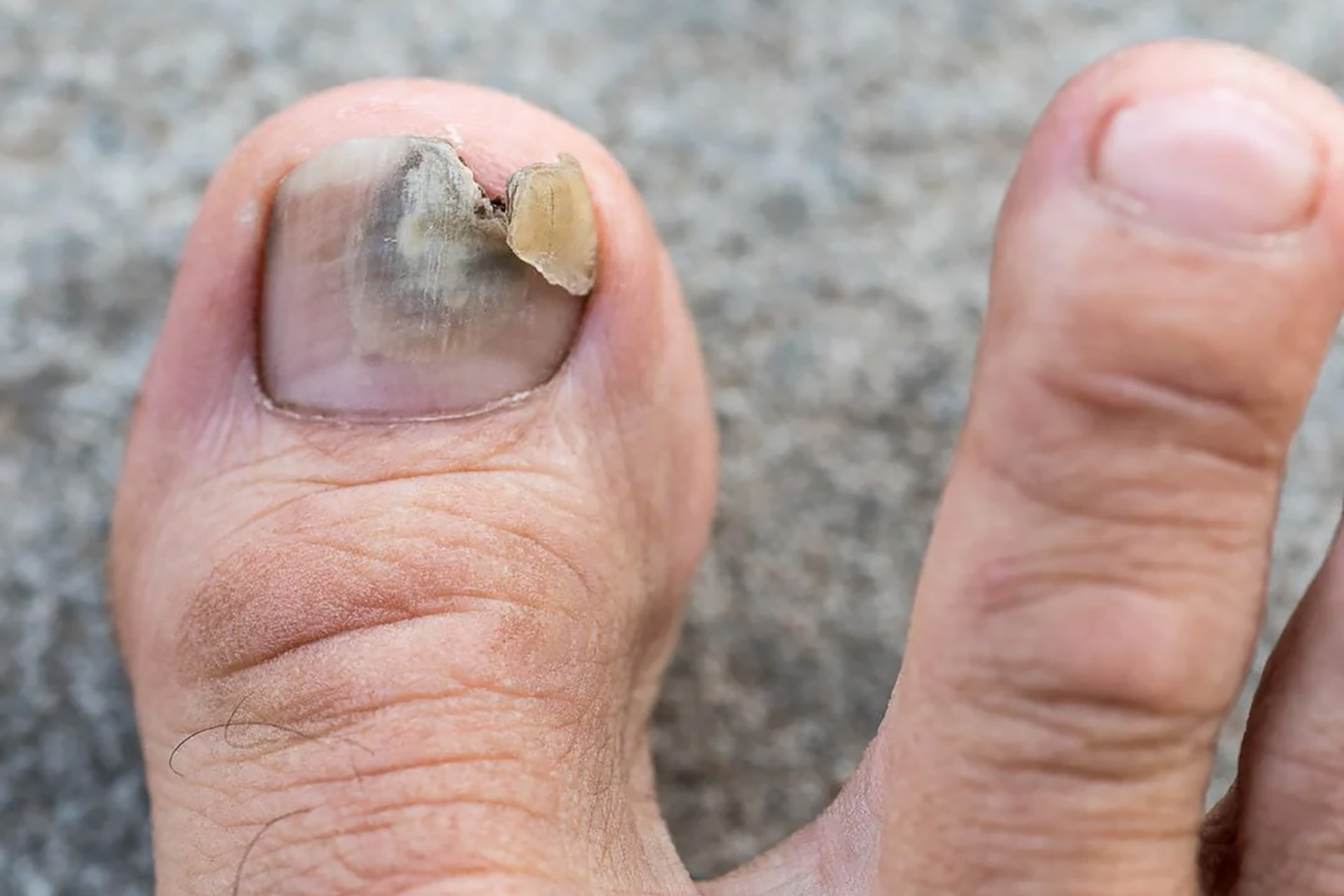Achilles tendinitis is a prevalent condition in which the Achilles tendon – the robust band connecting your calf muscles to your heel bone – becomes irritated and inflamed. This tendon is the largest in the body and is important in our daily movements, enabling us to walk, run, jump and push up on our toes. If it’s injured, it can have a major impact on our daily lives.
When Your Heel Pain Won’t Heal
The Achilles tendon does the heavy lifting of every step you take. It’s the largest and strongest tendon in your body, capable of withstanding forces several times your body weight. Yet this workhorse is surprisingly vulnerable, especially for those who push physical boundaries through sports, or navigate the challenges of aging tissues.
Achilles tendon pain can manifest as a dull ache or a sharp stabbing sensation at the back of the ankle, often worsening after periods of rest or intense activity. For many, this discomfort becomes a persistent, unwelcome companion that transforms simple activities like climbing stairs or morning walks into painful endeavours.
What begins as mild discomfort can evolve into chronic issues when left unaddressed, making early intervention crucial. In severe cases, an Achilles tendon rupture, characterised by a complete tear, may require immediate medical attention.

The spectrum of Achilles tendon pain causes spans from acute injuries to gradual deterioration. Sudden increases in training intensity, improper footwear, biomechanical inefficiencies, and the degeneration of natural tissue due to aging all contribute to this common complaint. Additionally, bone spurs can develop at the heel bone, exacerbating tendon pain and complicating Achilles tendon pain in the heel. While dismissing this discomfort as temporary, it can become a persistent and painful issue if not properly cared for.
Common symptoms include pain and swelling in the back of the lower leg, tenderness or stiffness, especially in the morning, and a limited range of motion or flexibility in the ankle and foot. Patients may also experience weakness or fatigue in their calf muscles and sometimes a popping or snapping sound when the tendon is stretched. If you notice any of these symptoms, it’s essential to seek podiatric attention promptly. Early diagnosis and treatment can help prevent further damage and promote healing, ensuring a quicker recovery and a return to normal activities.
Beyond Rest and Ice Towards Achilles Tendon Injury Rehabilitation
Traditional advice for Achilles tendon pain relief often centres around the RICE protocol (Rest, Ice, Compression, Elevation) and over-the-counter pain relievers. While these approaches offer temporary comfort, they rarely address the underlying factors that initiated the problem.
Podiatrists take a more comprehensive approach to Achilles tendon pain treatment, beginning with a detailed assessment examining the tendon and your entire movement pattern. This holistic perspective recognises that Achilles tendon issues rarely exist in isolation. They’re typically part of a biomechanical chain reaction that requires attention at multiple levels. Tight calf muscles often contribute to increased stress on the Achilles tendon, necessitating specific stretching and strengthening exercises.
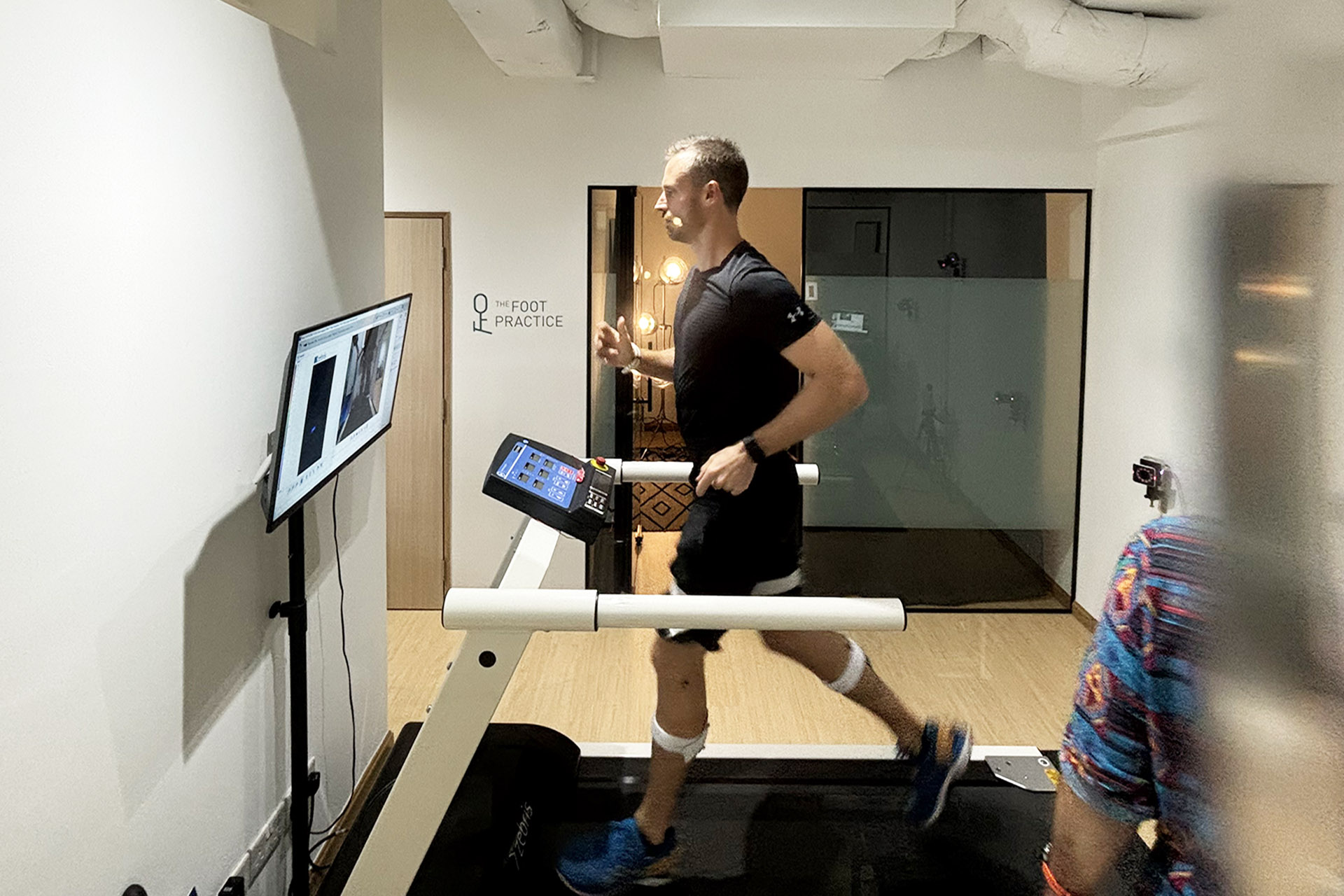
At The Foot practice, we employ state-of-the-art technology like the RehaWalk® gait system with integrated pressure-sensor treadmills that capture thousands of data points with each step. This technology transforms subjective complaints into objective measurements, allowing our expert podiatrists to visualise exactly how your foot strikes the ground and how forces travel through your lower limb.
These sophisticated assessments reveal crucial insights about weight distribution, pronation patterns, timing imbalances, and compensatory movements that basic visual assessments might miss. For patients experiencing Achilles tendon and heel pain, this level of detail makes the difference between temporary relief and lasting recovery.
Tailored Interventions for Achilles Recovery
With a comprehensive understanding of your unique movement patterns, podiatrists are empowered to use diverse techniques to address your condition’s symptoms and causes.
Customised orthoses represent one important part of effective treatment. Unlike generic inserts, prescription orthotic devices are engineered to your foot’s specifications, providing targeted support and optimising tendon function. These devices redistribute pressure away from vulnerable areas and guide the foot towards more efficient movement patterns, allowing the Achilles to function with reduced strain. In cases where conservative treatments fail, Achilles tendon surgery may be considered to repair or reconstruct the damaged tendon.
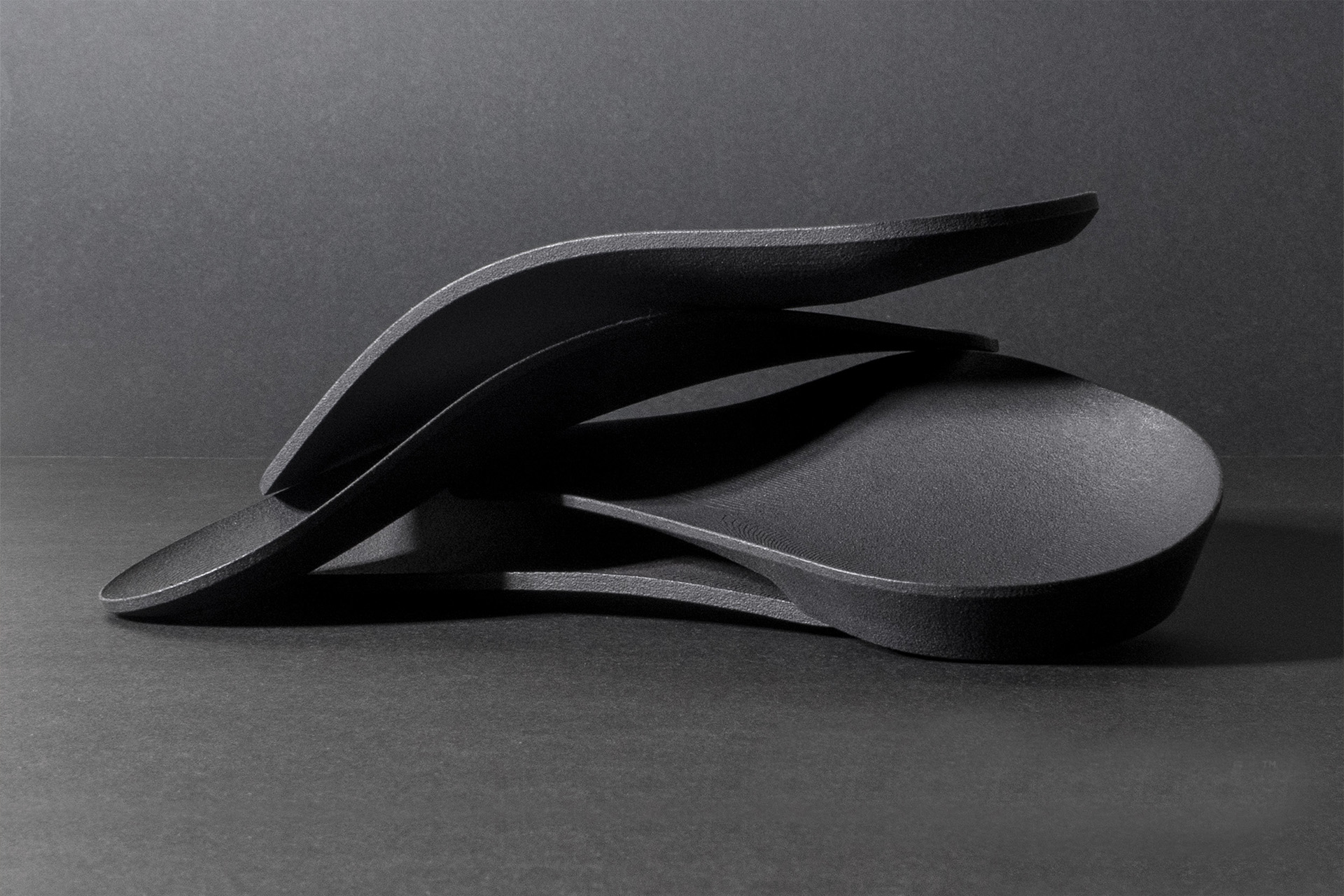
Footwear assessments complement orthotic therapy by ensuring your shoes are working in harmony with your orthotics and biomechanics rather than against them. A qualified podiatrist evaluates how your footwear interacts with your gait pattern and recommends models that provide appropriate support, cushioning, and heel-to-toe drop for your specific needs. This seemingly simple intervention often yields remarkable improvements in Achilles tendon pain symptoms.
Podiatrists’ mobilisation exercises progressively restore flexibility for those with significant tendon mobility restrictions while respecting tissue healing timeframes. These are no generic stretches. Each prescribed stretch is a carefully selected movement that targets specific restrictions identified during your assessment and is performed precisely to stimulate healing without aggravating the condition.
Advanced Podiatric Technologies
While fundamental approaches form the foundation of Achilles care, innovative technologies can support your ongoing recovery. Shockwave Therapy has emerged as a particularly effective intervention for persistent Achilles tendon pain. This noninvasive treatment delivers precisely calibrated acoustic pulses that penetrate the affected tissue, stimulating blood flow, collagen production, and cellular regeneration.
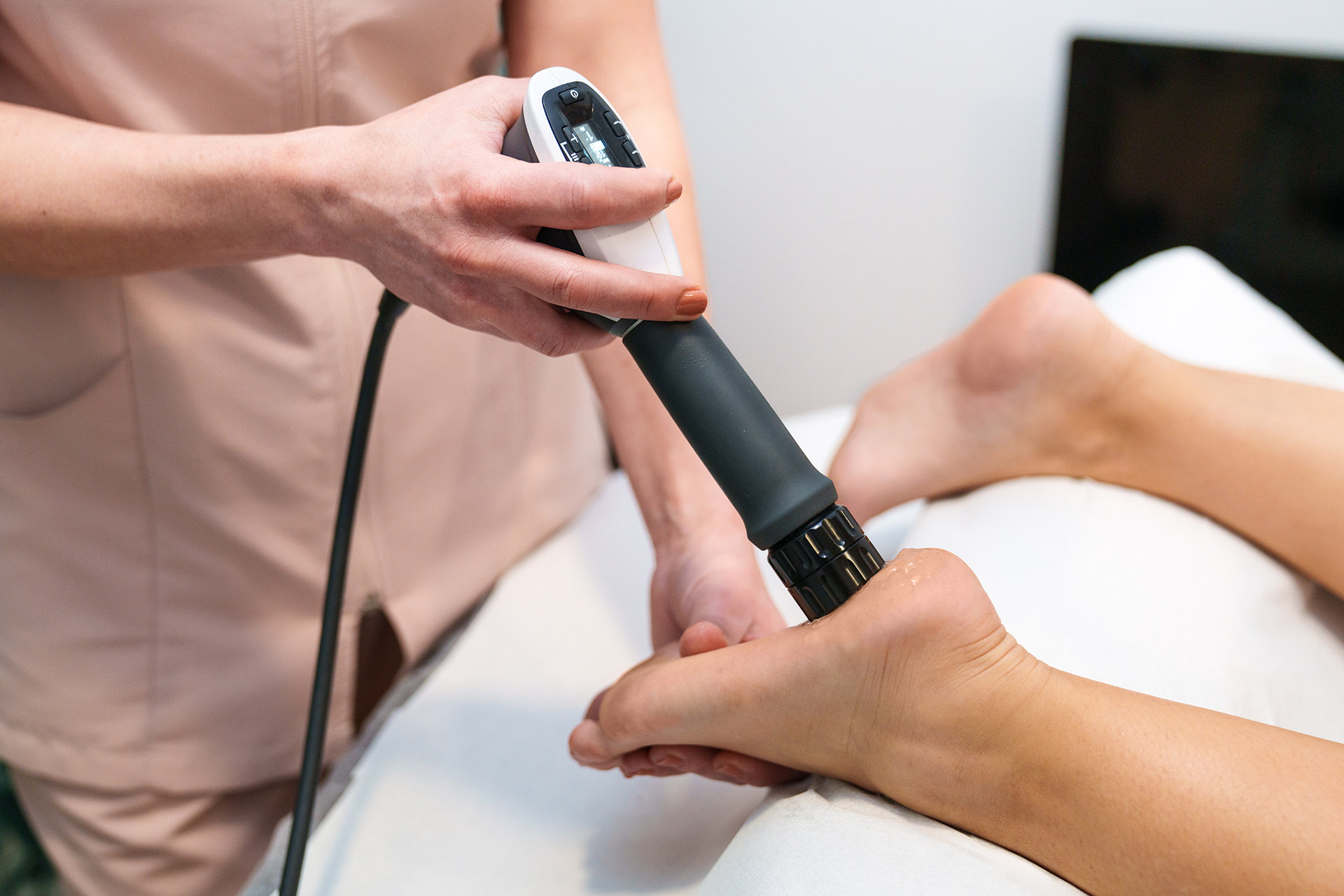
Patients typically report significant improvement after Shockwave Therapy sessions, often experiencing relief where other approaches have fallen short. The treatment’s ability to target deep tissues without invasive procedures makes it an attractive option for chronic cases that do not respond to conventional care.
Integrating technologies like pressure-sensor treadmills into regular treatment sessions allows for the ongoing refinement of your rehabilitation programme. As your gait pattern improves, subtle adjustments to your exercise regimen, orthotic prescription, or footwear recommendations ensure continued progress toward optimal function.
What to Expect from Podiatric Care
Healing Achilles tendon pain requires patience and consistency. While some patients experience immediate relief following their first treatment, complete resolution typically unfolds over weeks or months as tissues gradually remodel and movement patterns improve. Patients with noninsertional Achilles tendinitis, which affects the middle portion of the tendon, may require a longer recovery period due to the nature of the fibre breakdown and tears.
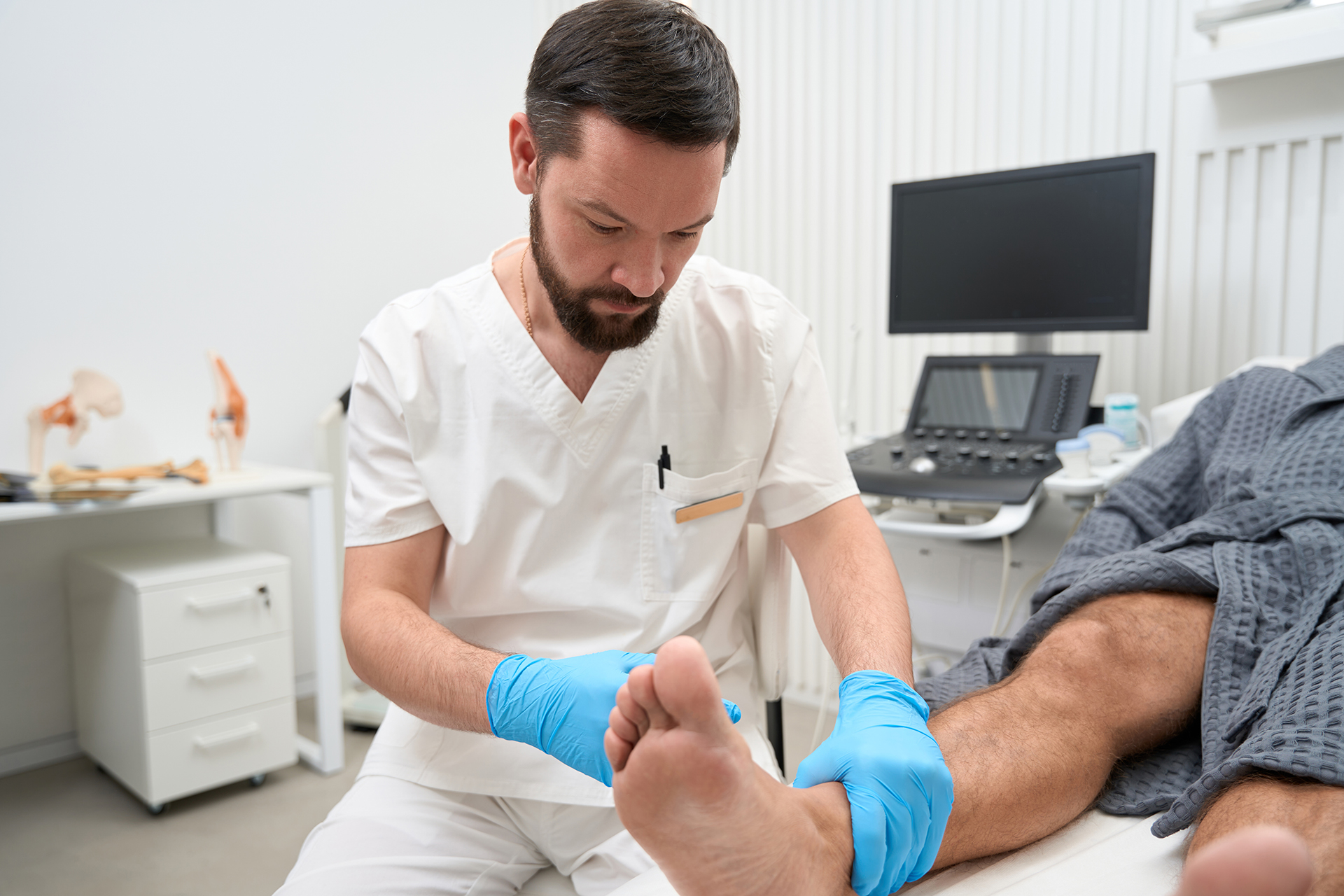
Your podiatrist will establish clear expectations and progression milestones, guiding you through a structured rehabilitation process that balances sufficient challenges with appropriate protection for the best results.
This root-cause approach offers the most promising path forward for those wondering how to heal Achilles tendon pain completely rather than the temporary cessation of symptoms. The Foot Practice creates conditions where your Achilles can rehabilitate by restoring optimal biomechanical function throughout the kinetic chain. Make an appointment today with one of our leading podiatrists to get your foot feeling back in order.

